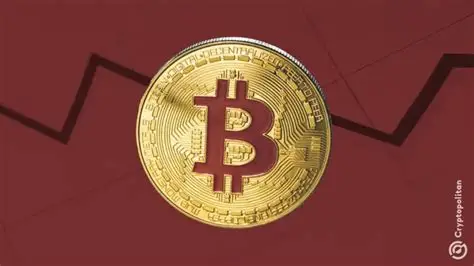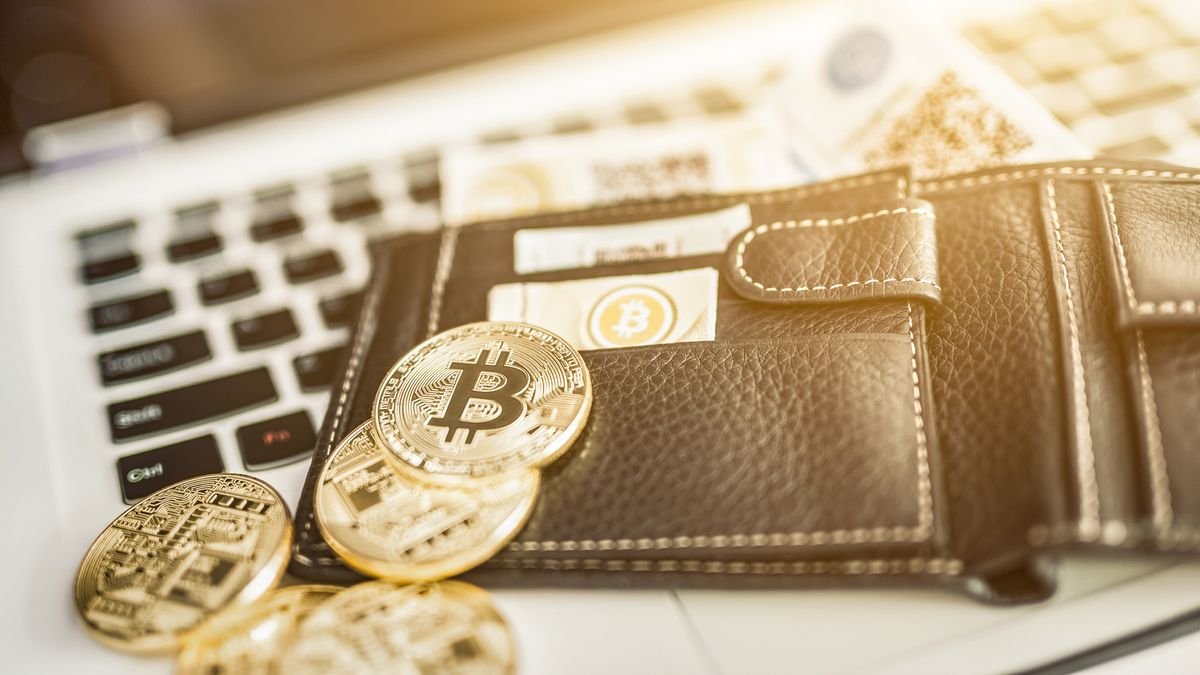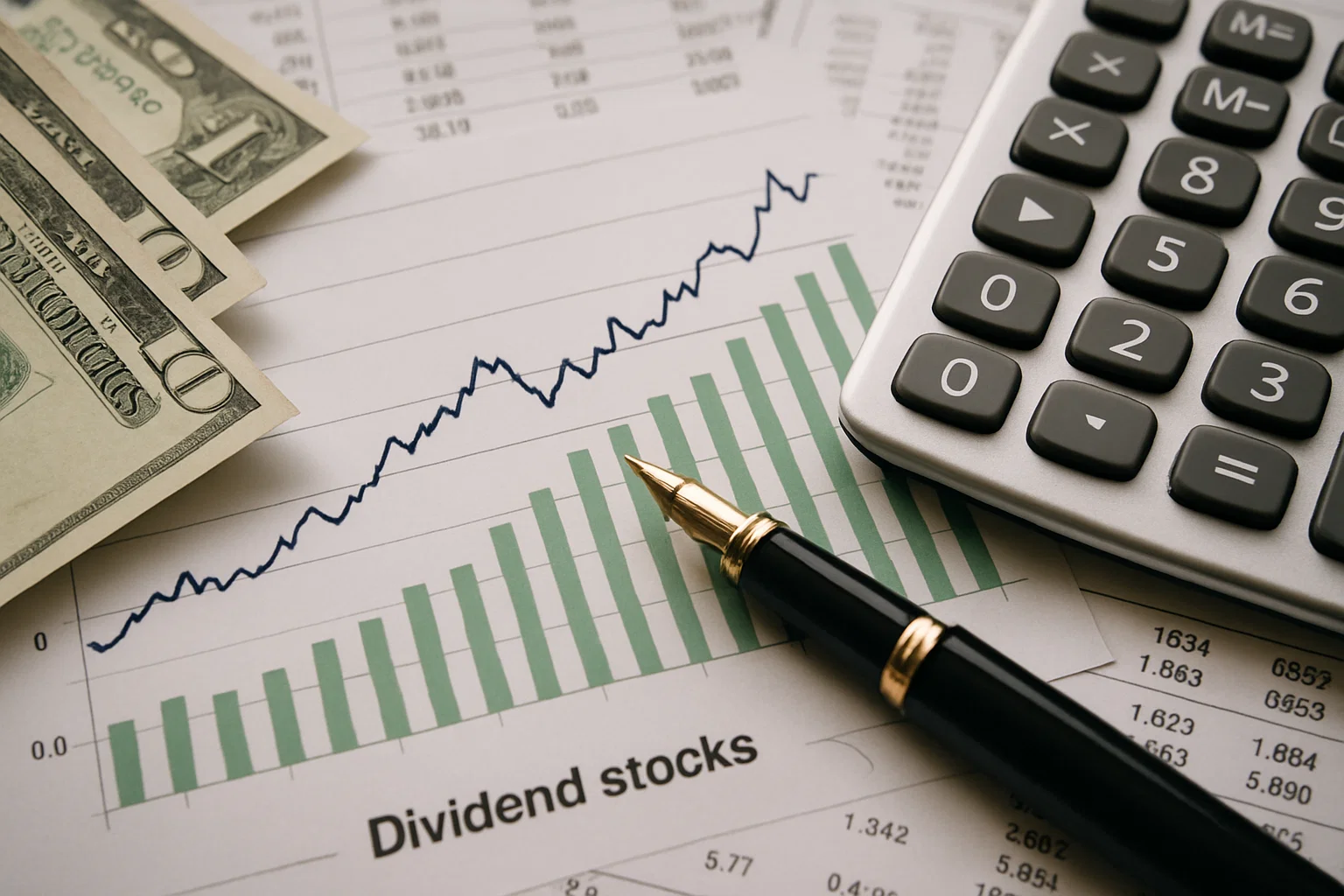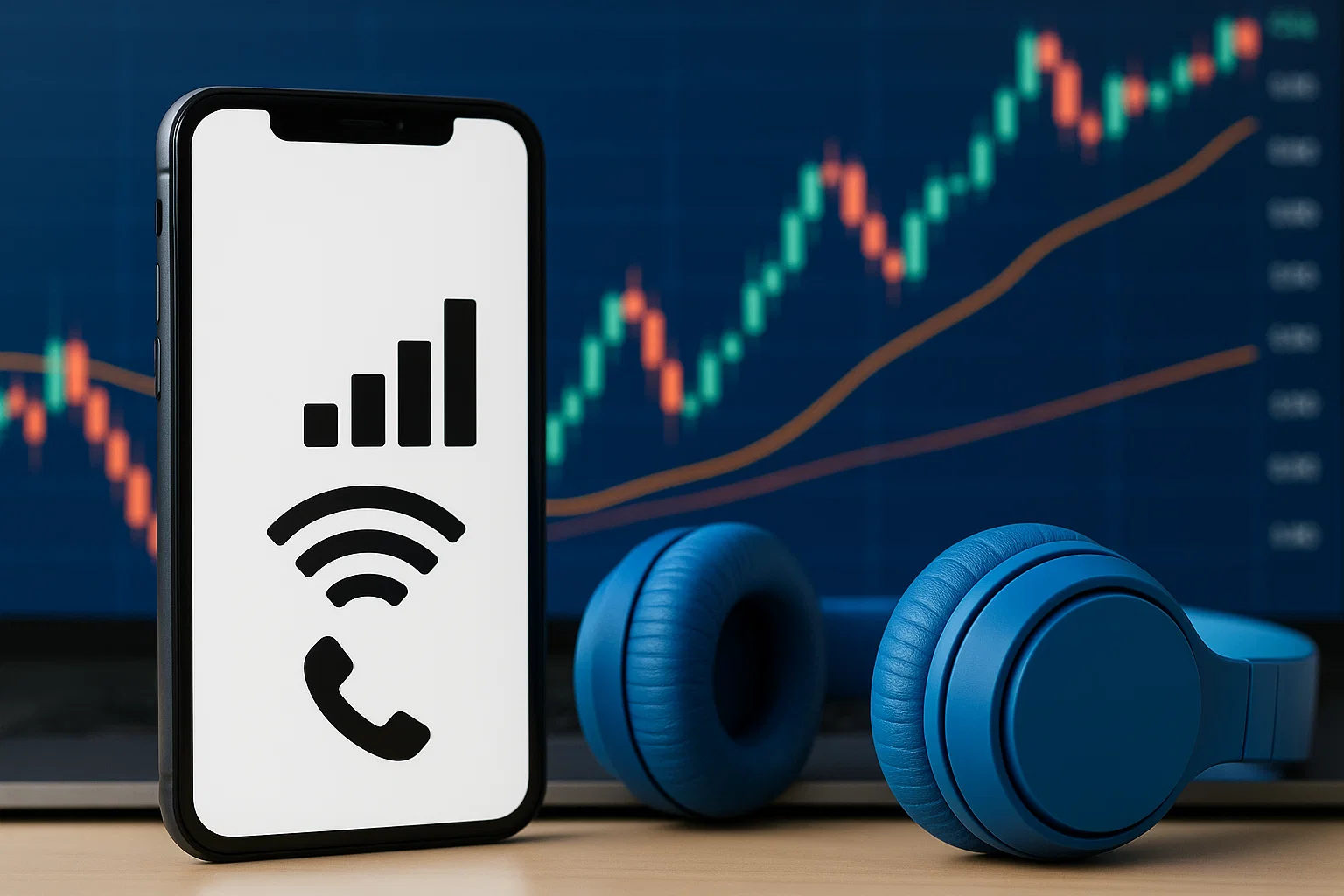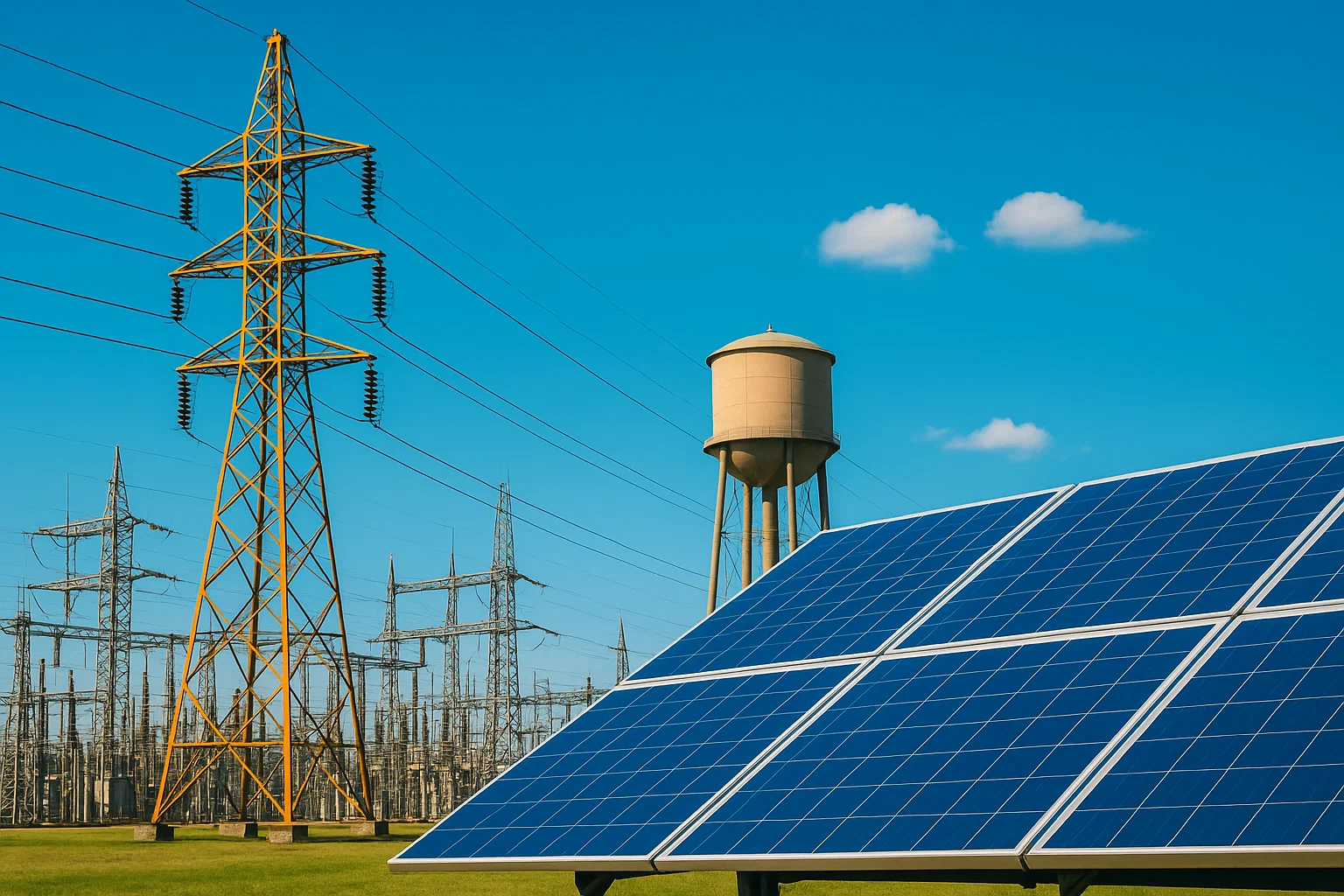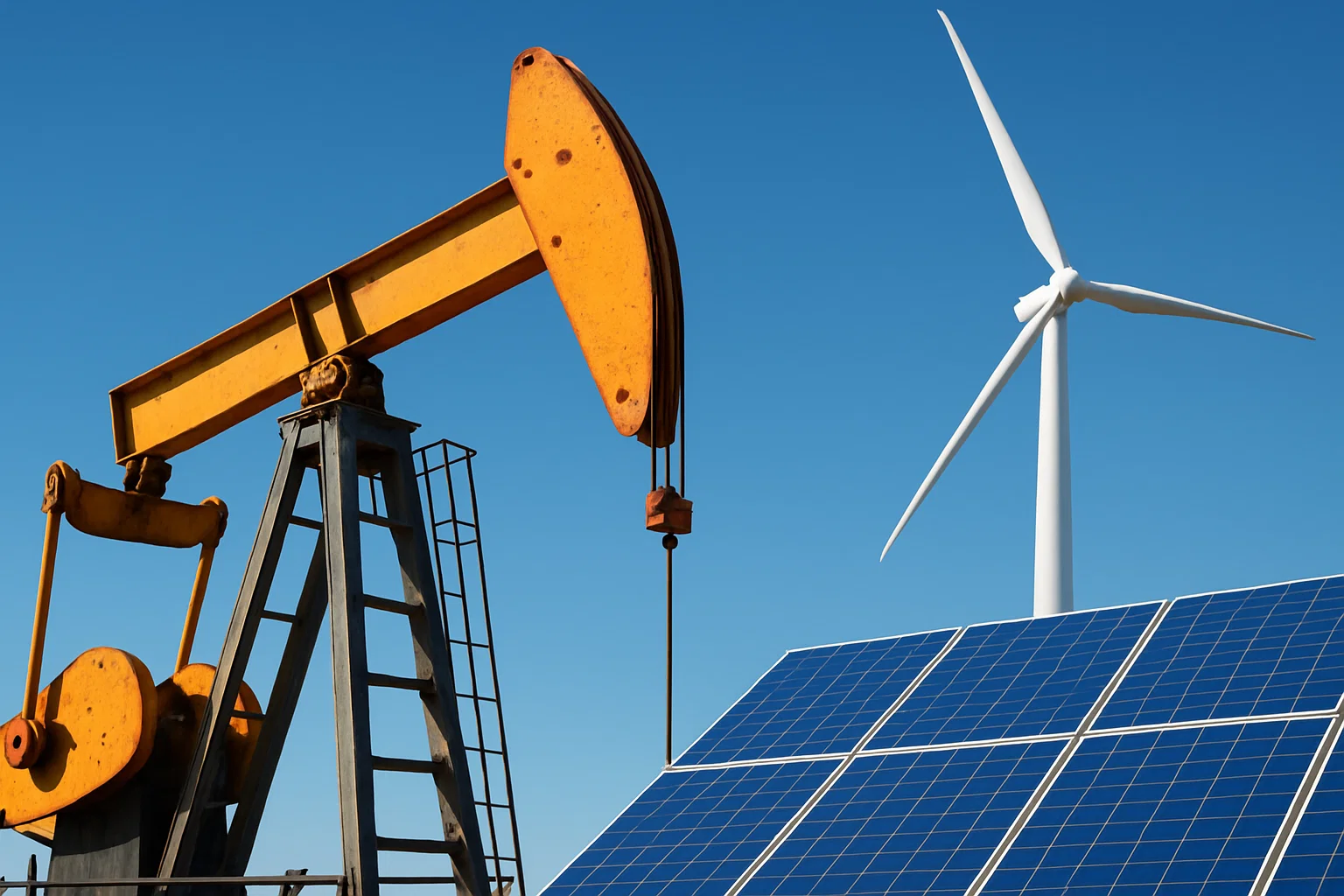When Cheap Isn’t Good: Deflation Decoded
- by:
- Nick H
Key Points
Deflation causes a dangerous cycle of falling prices, shrinking demand, and job losses
Consumer hesitation and delayed spending can freeze economic growth during deflation.
Japan’s decades-long struggle shows how deflation can slow growth for an entire generation
what is a Inflation
For adsense add
Advertisement

affiliate add
For adsense add
Mail Sign Up
Get The Latest News & Stock Picks
Stay ahead of the market with expert news, actionable tips, and exclusive stock picks delivered straight to your inbox. Join a community of investors who value real insights and smarter strategies. Sign up now and get the edge you need to invest with confidence.
By submitting your email, you agree to receive updates and promotional content from our team. You can unsubscribe at any time. For more details, please review our Privacy Policy.
For adsense add
For adsense add
Everyone loves a good deal. The word “cheap” makes eyes light up, wallets open, and shopping carts fill. What if prices across the economy started dropping, not just for a season, but for years? On the surface, this sounds like a dream for consumers. Who wouldn’t want groceries, gas, and rent to get more affordable with time? Welcome to the world of deflation—a rare but deeply misunderstood force in the global economy.
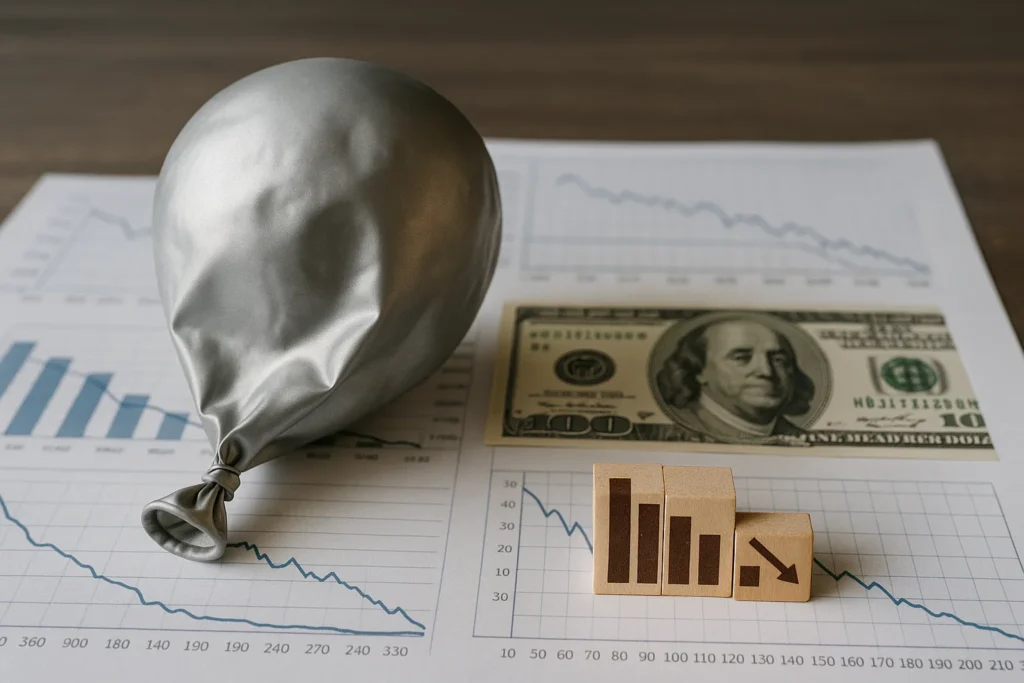
Most people have heard of inflation. It’s the rising tide that makes today’s coffee more expensive next year. Deflation is the opposite: it’s the general decline in prices across a country or the world. While that might sound like a free ticket to financial comfort, the reality is more like quicksand than a hammock. Let’s decode why a world of falling prices is often worse than one where things cost a little more each year.
The Basics: What is Deflation?
In its simplest form, deflation is a persistent decrease in the average price level of goods and services. This is not just a seasonal sale or a technological breakthrough that makes gadgets cheaper. Deflation is a broad, systemic trend. Economists track this using the Consumer Price Index, or CPI, which measures the average change in prices paid by consumers for goods and services. When this index falls consistently over months or years, deflation is taking place.
A few things can spark deflation. Sometimes it’s a sudden drop in demand for products, like what happened during the Great Depression. Other times, it’s a surge in supply—maybe thanks to new technology or cheaper resources. Occasionally, a mix of both happens at once. But deflation’s causes are only half the story. The real drama is in its effects.
Why Falling Prices Aren’t Always a Good Thing
At first, falling prices feel like a win. You spend less at the grocery store. Maybe your landlord lowers the rent. Cars become more affordable. But step back, and you start to see the hidden costs.
When prices fall steadily, people expect them to keep falling. If you know a new TV will be cheaper next year, why buy it now? The same logic applies to cars, appliances, even new homes. As consumers delay purchases, businesses feel the pinch. Sales slow, inventories build up, and profits shrink. With shrinking profits, companies are forced to cut costs. That often means layoffs, wage freezes, or both. Suddenly, the initial savings from lower prices are erased by job insecurity and falling incomes.
This is the trap of deflation. It creates a feedback loop. People spend less, businesses earn less, jobs disappear, incomes drop, and then people spend even less. The entire economy slows down. Instead of a thriving market, you get a vicious cycle where cheap goods become a sign of distress, not prosperity.
The Psychological Toll: How Deflation Changes Behavior
Deflation doesn’t just reshape bank statements. It rewires how people think about money, risk, and the future. When everything is getting cheaper, saving becomes a winning strategy. Why take out a loan today if you’ll be paying with more valuable dollars in the future? Why invest in stocks or real estate if their prices might be lower next year?
Businesses face the same dilemma. If you run a factory and expect the price of your product to keep falling, why would you invest in new equipment or hire more workers? The safe move is to wait. This collective hesitation puts a freeze on economic growth. Investments dry up, startups struggle to raise money, and innovation slows. The dynamism that drives progress gets replaced by a kind of cautious paralysis.
Debt’s Dark Shadow: Why Borrowing Becomes Dangerous
One of the most powerful—and dangerous—side effects of deflation is its impact on debt. Most debts are fixed in dollar terms. If you owe a bank $10,000, that number doesn’t change even if the economy enters deflation. What does change is your income. As prices and wages fall, the weight of old debts grows heavier.
Imagine your paycheck shrinking year after year while your mortgage stays the same. You have to use more of your diminished income to make payments. This is especially painful for governments and businesses that borrowed heavily during better times. As debts get harder to pay, defaults and bankruptcies become more common. The banking sector, already under stress from fewer loans and less demand, faces a new wave of risk. Financial systems can grind to a halt, sparking further panic and even deeper economic contraction.
A Real World Case: Japan’s Lost Decades
To see what deflation looks like in the real world, look no further than Japan. Beginning in the 1990s, Japan entered a prolonged period of deflation after a massive asset bubble burst. Over the next twenty years, prices stagnated or fell, the economy slowed, and growth remained elusive despite repeated government efforts to jumpstart demand.
Japanese consumers grew accustomed to falling prices. They held off on major purchases, knowing tomorrow might bring a better deal. Businesses cut investments. Debt became a heavy burden, especially for young people and new families. Even with near-zero interest rates, borrowing dried up. Japan’s experience became a warning for the rest of the developed world: deflation isn’t just a number, it’s a mindset that can trap an entire nation.
The Role of Central Banks: Fighting Deflation
Central banks are the firefighters of the economy, and deflation is one blaze they fear most. Why? Because their standard tools lose power when prices fall. Normally, if growth slows, central banks lower interest rates. Cheaper loans encourage spending and investment. But if rates are already close to zero, there’s nowhere left to go. This is called the “liquidity trap.”
To escape, central banks try unconventional tactics. They might print money to buy government bonds, a strategy known as quantitative easing. Sometimes they cut rates below zero, essentially charging banks to hold cash instead of lending it out. The hope is to create just enough inflation to get people and businesses spending again.
Governments can help too, by boosting spending on infrastructure, sending out stimulus checks, or cutting taxes. But once deflation takes root, it’s incredibly hard to reverse. It requires bold, coordinated action and a willingness to break economic taboos.
When Deflation Isn’t Bad: The Exception to the Rule
There are moments when deflation can be positive. If falling prices are driven by rapid innovation—think cheaper computers, faster phones, or better cars thanks to technology—everyone can benefit. This kind of deflation comes from increased productivity, not a collapse in demand. The difference is key. When growth stays healthy and jobs are plentiful, falling prices simply reflect progress.
But broad, persistent deflation is almost always a sign of deeper problems. It signals that demand is weak, the economy is fragile, and people are afraid to spend or invest.
Options are powerful but require education and discipline. Always understand the potential outcomes before entering a trade, and avoid risking more than you can afford to lose.
What Does This Mean for Investors and Savers?
If you’re investing or saving for the future, deflation changes the playbook. In a deflationary environment, cash becomes king. Money in the bank gains value every year. Bonds become more attractive because their fixed payments buy more over time. Stocks, real estate, and commodities tend to underperform, because their prices and returns get squeezed.
But betting on deflation is a dangerous game. Most modern economies are built to avoid it at all costs. Central banks have spent decades developing strategies to keep inflation in a low, stable range. Deflation is so disruptive that, outside of isolated cases like Japan, it remains rare.
Still, the threat is real. If you see signs of deflation—persistent price drops, weak wage growth, declining investments—it’s worth reassessing your portfolio and your assumptions about what “cheap” really means.
Why This Matters Now
Understanding deflation isn’t just an academic exercise. In a world shaken by pandemics, shifting demographics, and unpredictable technology, the old rules can break down. If growth falters or demand collapses, the risk of deflation rises. And while it may sound counterintuitive, fighting for stable, slightly rising prices is a constant, behind-the-scenes battle for every central bank and government.
When you see headlines about the Federal Reserve or the European Central Bank making dramatic moves, remember: they aren’t just worried about prices getting too high. They’re equally—if not more—worried about prices falling and never coming back up.
For adsense add

